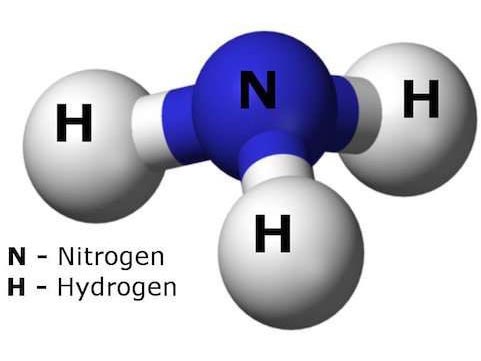Main Content

There exists a short list of scientific breakthroughs that have transformed life on earth, but which almost nobody knows about. High on this list of revolutionary technologies is the Haber-Bosch process, which was developed by German chemists Fritz Haber and Carl Bosch a little over 100 years ago. Haber and Bosch figured out how to extract nitrogen from the air and use it to manufacture ammonia in commercially viable quantities. Because ammonia is a key input to the production of fertilizer, much of the 20th century’s dramatic increase in agricultural yields can ultimately be credited to Haber and Bosch.
There is a catch, though. The Haber-Bosch (H-B) method of producing fertilizer is both energy and capital-intensive. It is estimated that 2% of the world’s fossil fuels are currently used to produce ammonia using H-B. A century after Haber and Bosch’s breakthrough, it is time to revisit the fundamental problem of fixing nitrogen from the atmosphere, but this time, with an eye toward minimizing greenhouse gas emissions.
DAFRE Professor Gal Hochman, together with Alan Goldman of the Chemistry Department, Frank Felder of The Bloustein School, and chemists at Yale and the University of North Carolina, have been doing precisely that (see ChemRxiv preprint). The key to the sustainable production of ammonia is to use electricity, an energy source that does not inevitably produce greenhouse gases. An approach that gets you halfway there is to use the electrolysis of water to create the hydrogen that is required, along with atmospheric nitrogen, in the traditional H-B process for manufacturing ammonia.
A more complete solution is a strictly electrochemical process that produces ammonia using only atmospheric nitrogen and water as inputs. This second approach is called “electrochemical nitrogen reduction,” or ENR for short. Although technical challenges remain, an advantage of ENR is that ammonia/fertilizer plants could be smaller, with lower up-front costs, allowing them to be distributed throughout rural areas in developing countries.
Although scientists have known about the new electricity-based technologies for some time, they are not yet price competitive with H-B factories whose greenhouse gas emissions remain unpriced.
Professor Hochman’s latest contribution to this problem, investigated with Professor Alan Goldman and utilities expert Frank Felder of The Bloustein School, is to cost out the new technologies assuming intermittent sources of electricity, like wind and solar. Not only are wind and solar carbon-free, but ENR can operate selectively at times of high relative supply, when intermittent sources of power are relatively cheap. “This not only favors [the new technologies’] cost,” writes the study team, it “also allows them to act in a ‘load leveling’ capacity for an electric grid that is significantly based on renewables, thereby favoring the transition to a renewables-based energy system.”
A second, essential part of the team’s cost-benefit analysis was to include the social costs of greenhouse gas emissions when measuring the cost of H-B. We will not report the study’s results in dollars and cents, but simply its conclusion that “ENR would become increasingly cost competitive with H-B as the externalities of CO2 emissions are incorporated (directly or indirectly) into the cost of ammonia produced from natural gas.”
“Although ENR is not price competitive today,” says Hochman, “we have found that additional lab research into ENR – right now it’s about finding the best catalyst – is more than justified by the expected benefits. The social gains in reduced greenhouse gas emissions can be quantified, and they are properly measured as part of those benefits.”
Professor Hochman is a big believer in doing head-to-head comparisons of the costs of sustainable technologies and legacy technologies. “Even though we know that the private sector won’t act immediately, these kinds of studies are the best way for society to choose the most promising technological pathways. Resources are limited. Studies like this one help to prioritize relatively easy wins that have large payoffs.”
Professor Hochman would like to thank the Rutgers Energy Institute and especially Professor Robert Kopp for introducing him to Rutgers scientists who were already working on these technologies. He would also like to thank the NSF program on Innovations at the Nexus of Food, Energy, and Water Systems (INFEWS), which requires research on social and behavioral processes along with the basic science. His final word on the use of inter-disciplinary research to solve problems of sustainability is that it is “hard but necessary.”